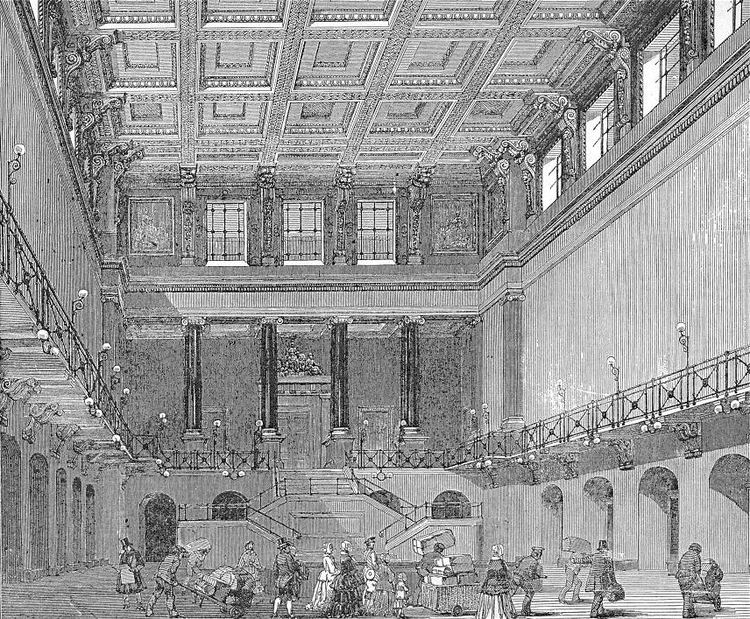Name Philip Hardwick Role Architect | Parents Philip Hardwick Grandparents Thomas Hardwick | |
 | ||
Similar People Charles Barry, Jon Hunt, James Meadows Rendel | ||
Limerick Saint John's Cathedral
Philip Charles Hardwick (London 1822–1892) was an English architect.
Contents

Life
Philip Charles Hardwick was born in Westminster in London, the son of the architect Philip Hardwick (1792–1870) and grandson of architect Thomas Hardwick (junior) (1752–1825). His mother was also from an eminent architectural family, the Shaws. Philip Charles Hardwick's maternal grandfather was John Shaw Senior (1776–1832) and his uncle was John Shaw Jr (1803–1870).
Hardwick trained under his father and also Edward Blore. He exhibited regularly at the Royal Academy between 1848 and 1854.
Philip Charles worked in the City of London, where he became the leading architect of grandiose banking offices, mainly in an Italianate manner. He designed five City banks, including Drummond's in Trafalgar Square (1879–81), and was architect to the Bank of England from 1855 to 1883. He was employed outside London designing branch offices at Hull (1856) and Leeds (1862–65).
His best known work was the Great Hall of London's Euston railway station (opened on 27 May 1849). The Great Hall was demolished in 1962 to make way for construction of the current Euston Station building.
Hardwick, like his grandfather Thomas Hardwick, was the Surveyor to St Bartholomew's Hospital in London and also a major benefactor. He was also an adviser in the new War Office and Admiralty competition of 1884. While he had been a favourite architect of Queen Victoria to design the Albert Memorial in Kensington Gardens but his design fell short with the advisory committee.
Arthur William Blomfield was Hardwick's pupil in 1852–55.
Family history
Hardwick retired to Wimbledon and married in Bath in the early 1870s. Two of his sons went into the military and served in South Africa during the Boer War; one of them, Lieutenant Stephen Thomas Hardwick, was killed in gunfire during the battle of Tweefontein in 1901. Hardwick's daughter, Helen, married Sir Henry George Lyons (1864–1944), later a director of the Science Museum in London.
Philip Charles Hardwick is buried alongside his father, Philip, and the Shaw family in Kensal Green Cemetery, London.
